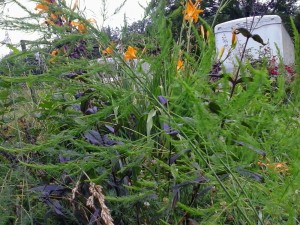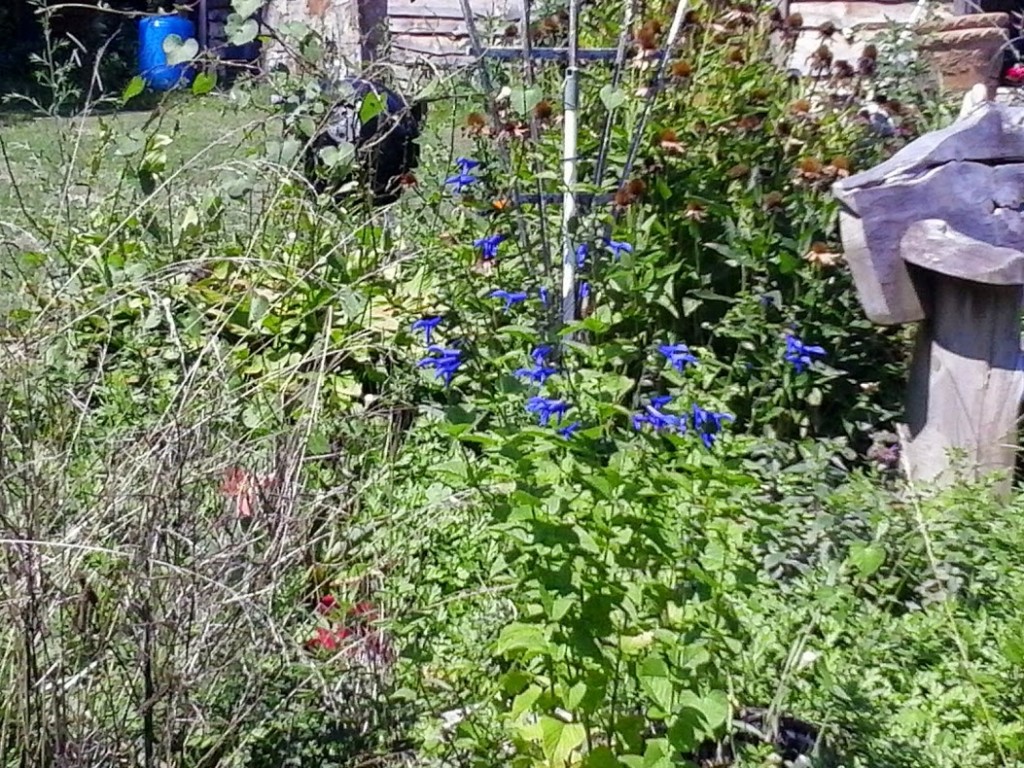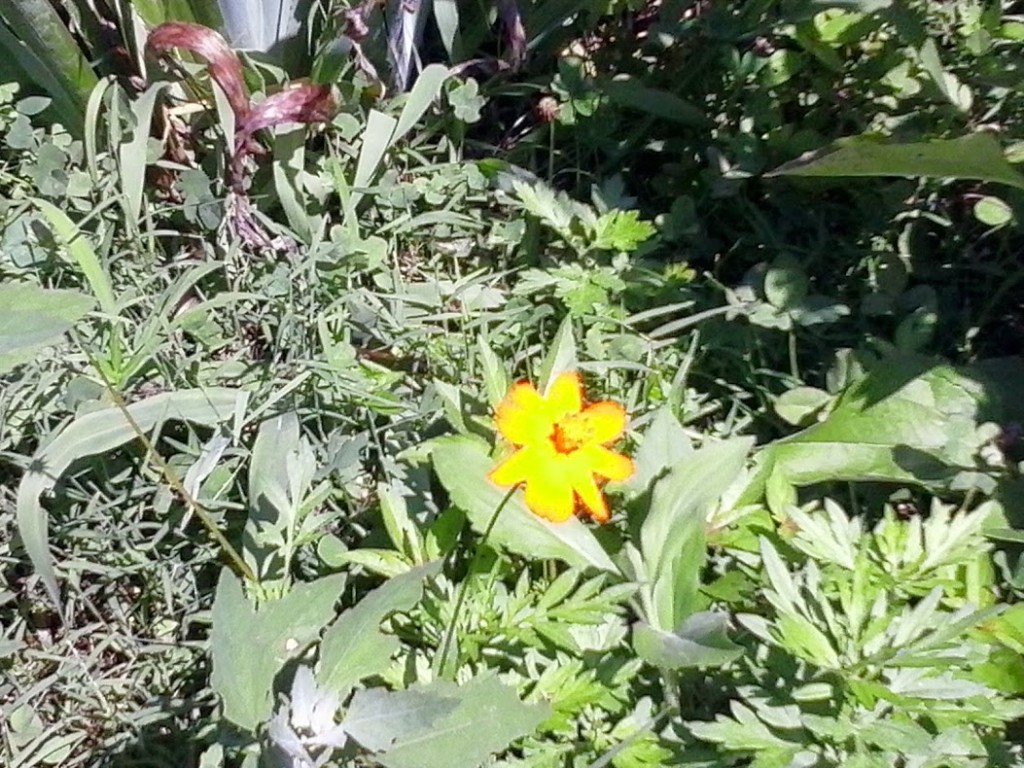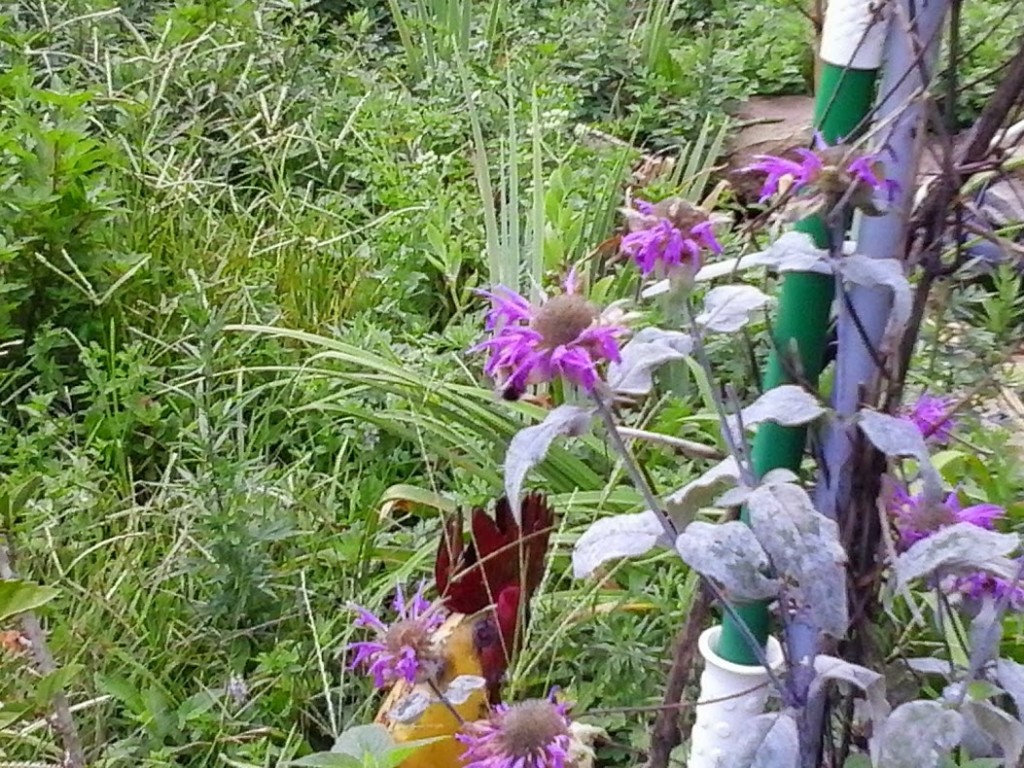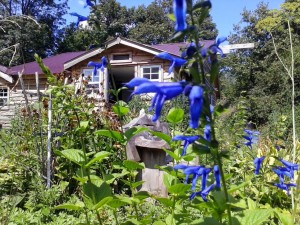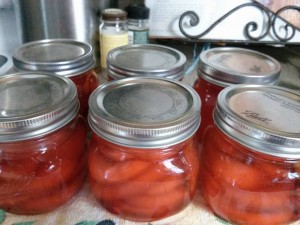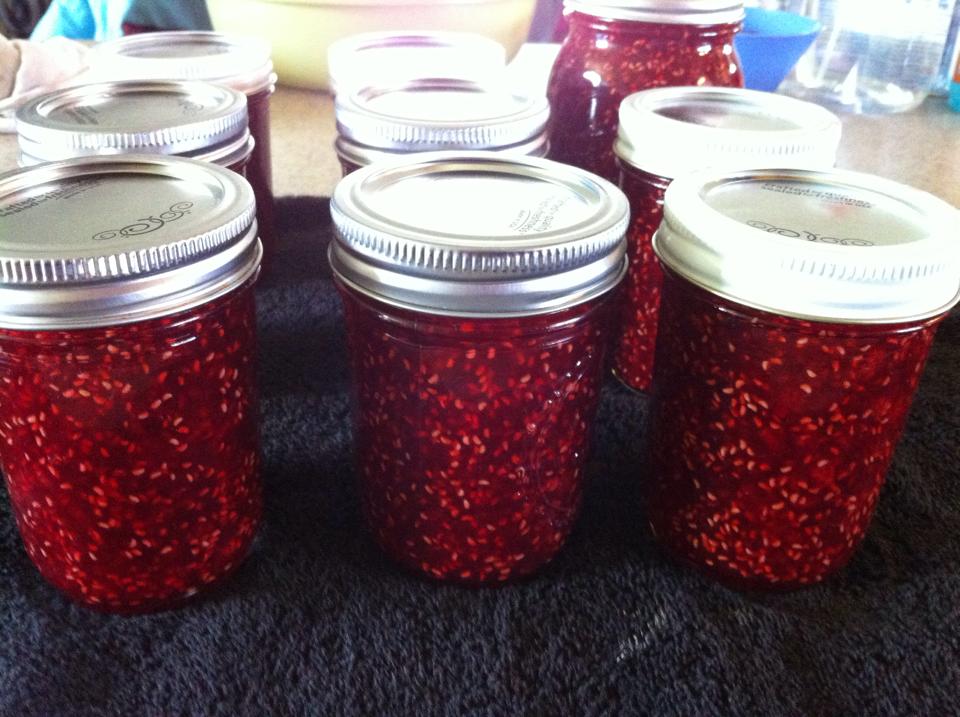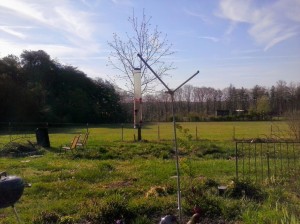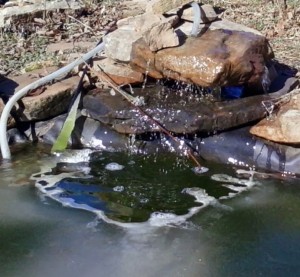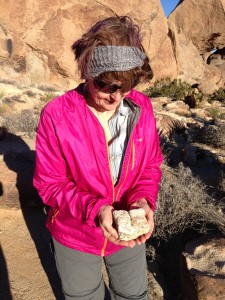I saw the video on how to make your own seed paper hearts on facebook and just had to try it out right away.

Once i dug through the baking closet to find my heart shape cookie cutters and through the paper closet for red paper, I was on my way. Fast forward and here is my tutorial so that you won’t have to clean up your cabinets and kitchen like i did (or maybe your blender/food processor seals better!)
 Use 1 cup of paper pieces to 1 cup of warm water, let sit for a minute or two inside food processor. Then cover food processor with towel and pulse until there is mush.
Use 1 cup of paper pieces to 1 cup of warm water, let sit for a minute or two inside food processor. Then cover food processor with towel and pulse until there is mush.
Add about a teaspoon each of 4-5 different types of seeds and blend them into the mush, I used a fork. A smaller amount 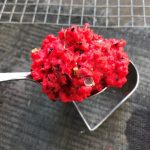 of seeds will go a long way, I was way too generous with my first batch.
of seeds will go a long way, I was way too generous with my first batch.
Use a screen or a piece of cheesecloth as base, add a tablespoon of mush, then press down firmly. Wait about 30 seconds or so and pull up the cookie cutter.

Let dry naturally for about 12 hours and the paper hearts are ready. Glue to cards and/or attach to chopsticks and insert into a plant.
Click here for my printable pdf gift card #1. I sometimes run a glue stick around the edge of the printed heart and sprinkle a little glitter on the gold colored background. Click here to download card #2, same inside.

Card #1

Card #2
